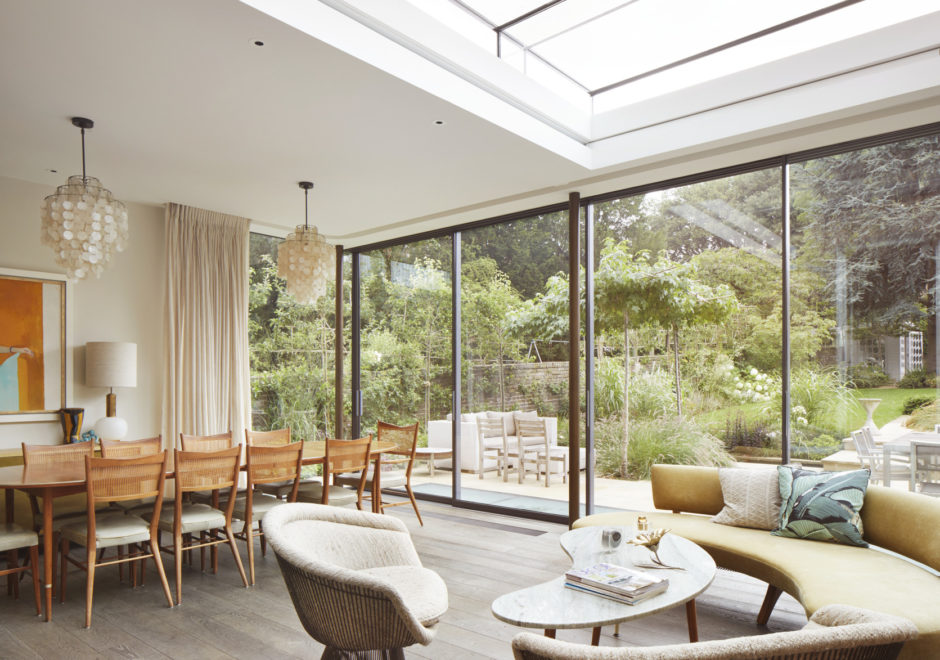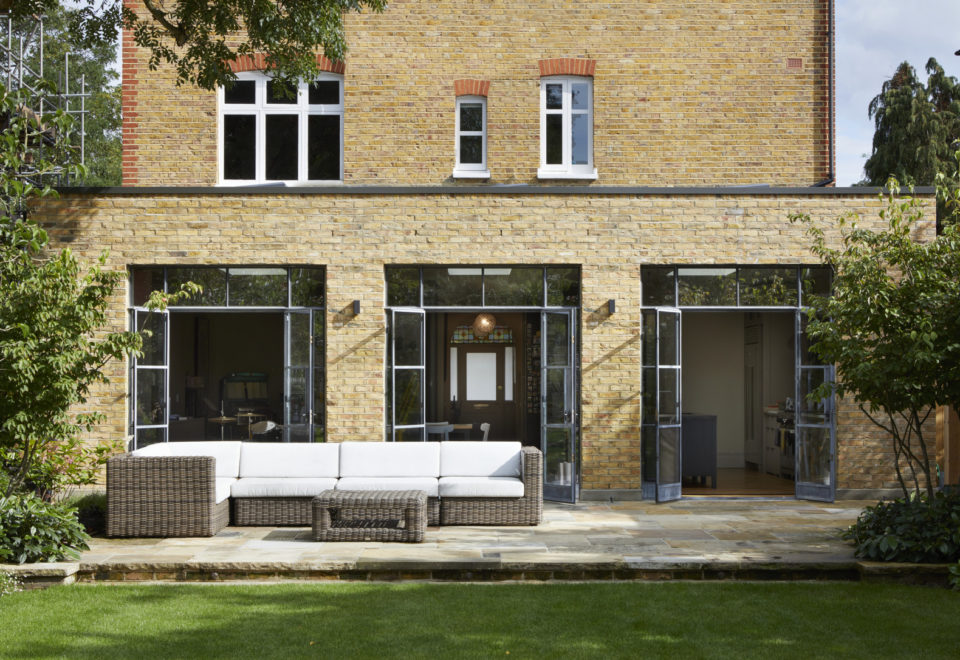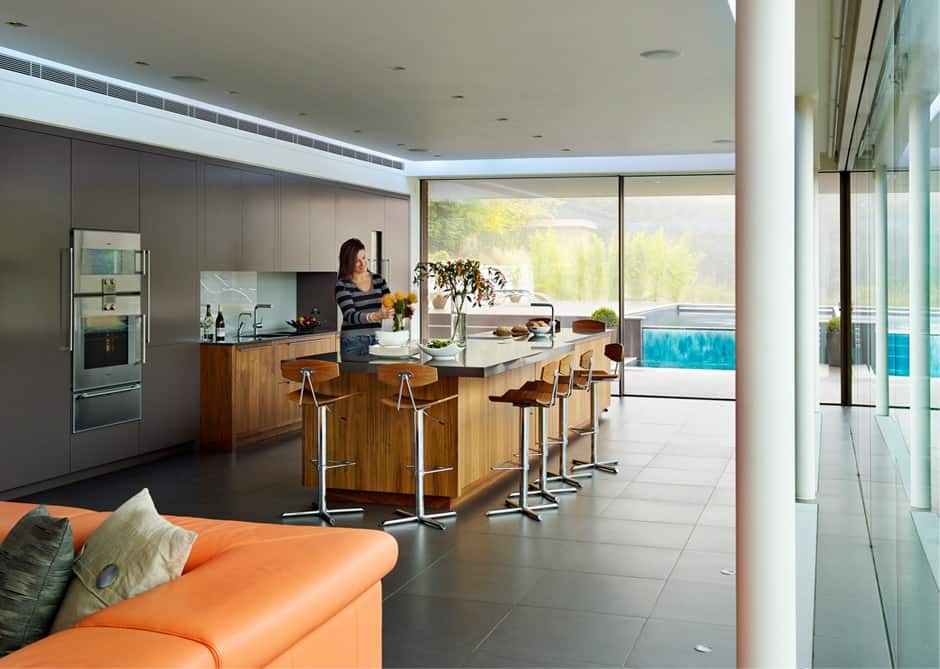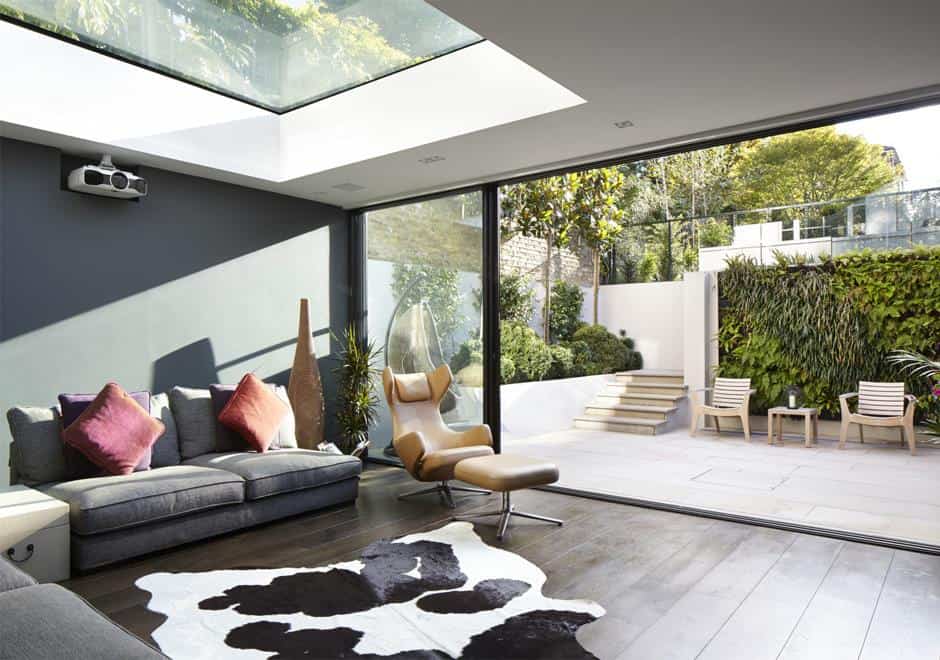BLOG
INTERESTING STUFF
THAT CAUGHT OUR EYE
John’s Advice: The Four Ingredients for Indoor/Outdoor Living
 One of our most common briefs is to create a seamless transition from interior to exterior, a style of design called indoor/outdoor living.
One of our most common briefs is to create a seamless transition from interior to exterior, a style of design called indoor/outdoor living.
Our portfolio is packed with homes that blur the line between living space and garden, but how is it achieved? Here are the four essential ingredients to successful indoor/outdoor living.
Sunlight
 Your garden should be designed around how you intend to use it, and how you can use it depends on how much light it receives and when.
Your garden should be designed around how you intend to use it, and how you can use it depends on how much light it receives and when.
An east-facing garden gives you plenty of sun for your breakfast and coffee, but will be shrouded in shade by dinner time. A west-facing garden, on the other hand, will let you make the most of evening sun and is ideal for dinner parties.
Being realistic about the best use for your garden will help you to design appropriately, instead of buying a bunch of garden furniture that does nothing but gather dirt.
Where the sun falls also determines what type of plants will thrive in each section of your garden and which will whither. An experienced garden designer will map out the sun through the year and plant appropriately.
Glazing
 By utilising floor-to-ceiling, thin-framed glass panels, you can create the illusion that you are sitting in your garden year round – even in the dead of winter with snow falling outside.
By utilising floor-to-ceiling, thin-framed glass panels, you can create the illusion that you are sitting in your garden year round – even in the dead of winter with snow falling outside.
This sensation of continuous space between interior and exterior can make even small kitchens feel wide and open, or make open plan spaces feel even more vast.
Matching the floor material from the inside to the outside is very important in maintaining the illusion. A break in materials or a step creates an obvious transition, while a flush, matching stone from floor to patio has both the look and feel of a cohesive space.
Lighting
 Hand in hand with glazing is garden lighting.
Hand in hand with glazing is garden lighting.
If you sit behind huge panels of glass at night with no exterior lighting, they appear black and ominous. Instead of creating a sensation of indoor outdoor space, you see a dark, oppressive reflection.
By installing outdoor lighting, suddenly you have a view out into the garden, expanding the sensation of space at night just as it is by day. An experienced garden designer is able to light gardens to spectacular effect, with under-lit trees taking on a particularly atmospheric, Cathedral-like appearance.
Of course, garden lighting also means you’re able to make more use of any outdoor spaces you’ve created. What’s better than enjoying dinner outside with friends and family on a hot summer evening?
Landscaping
 Sometimes we have to make dramatic changes to the landscape of a garden to maximise its indoor/outdoor potential.
Sometimes we have to make dramatic changes to the landscape of a garden to maximise its indoor/outdoor potential.
For example, if you have a lower ground floor that opens up into the garden, you’re depriving yourself of both light and a view if the other side of the doors is greeted by a wall.
However, if you create tiered levels from the garden down to the lower ground exit, even a lower ground floor can benefit from indoor/outdoor design – especially if we add planting to the tiers.
Tiered gardens are also useful in smaller gardens as they allow you see further towards the back of the garden, a simple but effective perspective trick which creates the illusion of a space larger than it is.
Get in touch to learn more
We’re always happy to discuss your design ideas at DGA, so feel free to get in touch with us at enquiries@dyergrimesarchitects.com if you have any questions about garden design.
